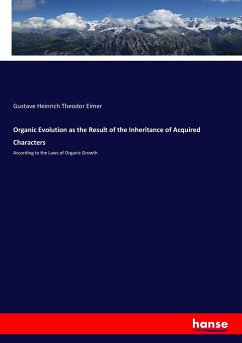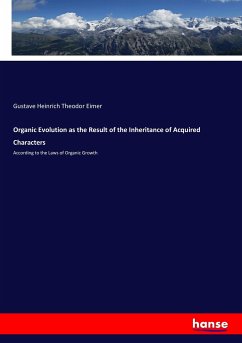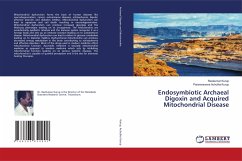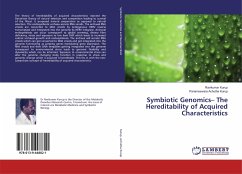
Inheritance of Acquired Characters
Lysenko Re-Visited and Neo-Lamarckism
Versandkostenfrei!
Versandfertig in 1-2 Wochen
78,99 €
inkl. MwSt.

PAYBACK Punkte
39 °P sammeln!
The theory of hereditability of acquired characteristics proposed natural cooperation as opposed to natural selection. Later works in genomics have shown evidence for hereditability of acquired characteristics based on transgenerational epigenetic inheritance, gene silencing and expression by methylation and demethylation, somatic hypermutation and inheritance of the hologenome which includes the genome with the symbiotic microbiome. The endosymbiotic archaea secrete RNA viroids. The archaeal RNA viroids are converted to DNA viroids by endogenous HERV reverse transcriptase and integrated into ...
The theory of hereditability of acquired characteristics proposed natural cooperation as opposed to natural selection. Later works in genomics have shown evidence for hereditability of acquired characteristics based on transgenerational epigenetic inheritance, gene silencing and expression by methylation and demethylation, somatic hypermutation and inheritance of the hologenome which includes the genome with the symbiotic microbiome. The endosymbiotic archaea secrete RNA viroids. The archaeal RNA viroids are converted to DNA viroids by endogenous HERV reverse transcriptase and integrated into the genome by HERV integrase. Archaeal endosymbiosis can occur consequent to global warming which leads to increased colonic archaeal growth and endosymbiosis. This fits in with the neo-Lamarckian concept of hereditability of acquired characteristics. Symbiotic genomics forms the basis of species, caste and race.












